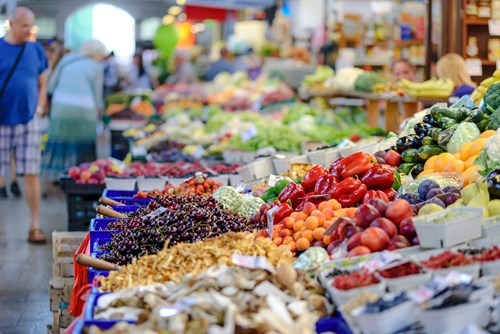A new study has revealed that food insecurity in the United States decreased during the COVID-19 pandemic despite the increase in unemployment and economic downturn.

The federal government’s expansion of financial relief and nutritional benefits throughout the pandemic significantly improved food insecurity among low-income adults compared to prepandemic levels, according to a study published by Annals of Internal Medicine.
Using data from the National Health Interview Survey, the research team analyzed food insecurity, which they defined as three or more affirmative responses on the U.S. Adult Food Security Survey Module in the past 30 days, among low-income adults in the U.S. in 2021 and 2022 compared with 2019 as a prepandemic reference. Researchers noted that 2020 was excluded due to complications administering the survey at the onset of the pandemic.
Here’s what they found:
- Food insecurity decreased from 20.6 percent in 2019 to 15.5 percent in 2021.
- The progress made has since been lost, with food insecurity rates returning to prepandemic levels in 2022.
- Of the adults who received SNAP benefits, food insecurity decreased from 34.6 percent in 2019 to 21.6 percent in 2021 but jumped up to 27 percent in 2022.
- There were less significant changes in food insecurity among low-income adults without SNAP benefits, dropping from 15.4 percent in 2019 to 12.9 percent in 2021 and 16.9 percent in 2022.
- Food insecurity was higher among low-income individuals with any diet-sensitive chronic condition, decreasing from 23.3 percent in 2019 to 17.1 percent in 2021; however, it returned to prepandemic levels in 2022.
The findings underscore the need for long-term expanded social safety net programs for vulnerable communities, according to the researchers.
“Our finding that food insecurity improved most among SNAP beneficiaries (who had greater prepandemic food insecurity) highlights the importance of financial relief and nutritional benefits, particularly in this more vulnerable group,” wrote researchers. “Unfortunately, many states elected to end SNAP emergency allotments early, which may explain some of the increase in food insecurity in 2022.”

